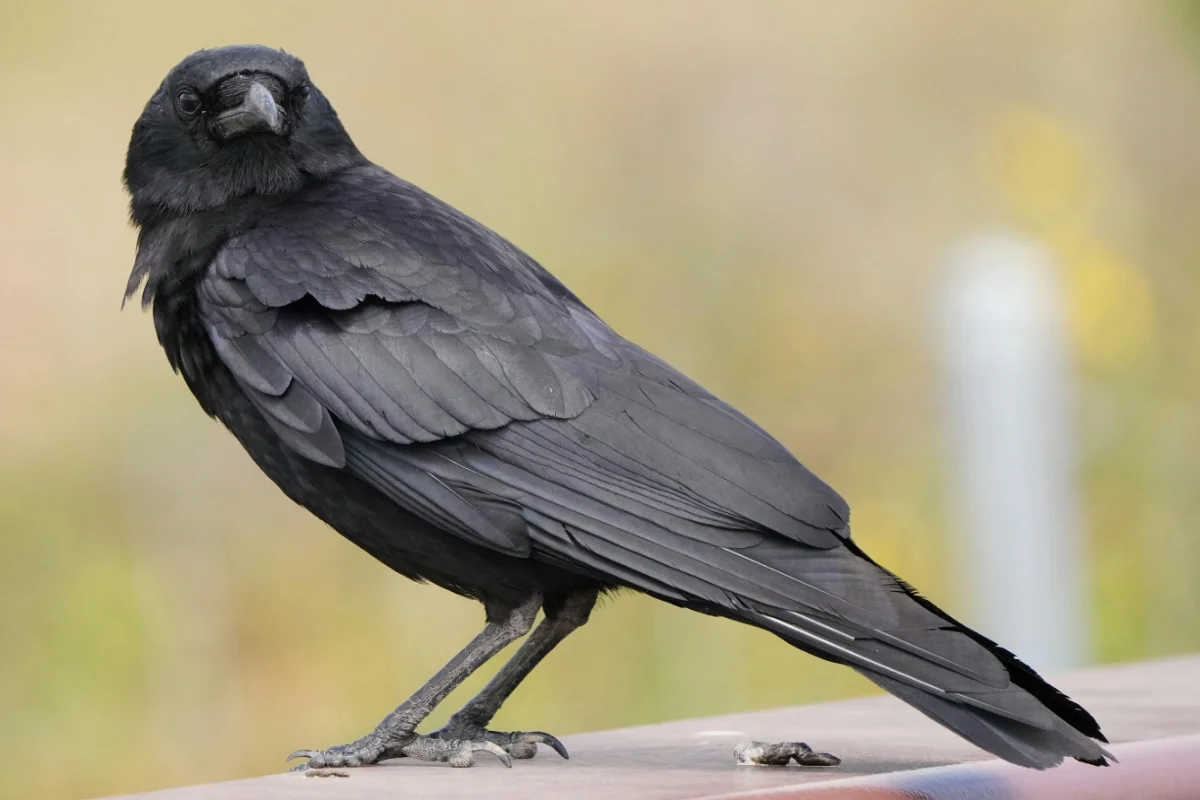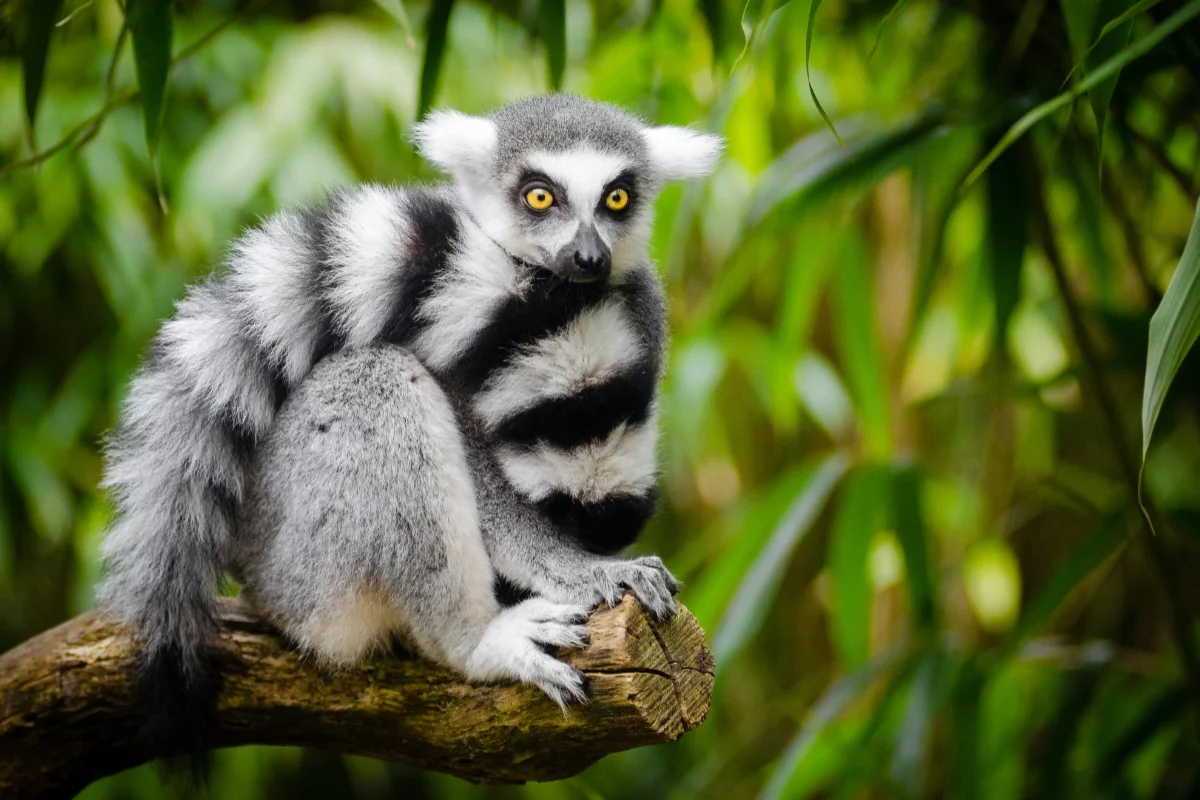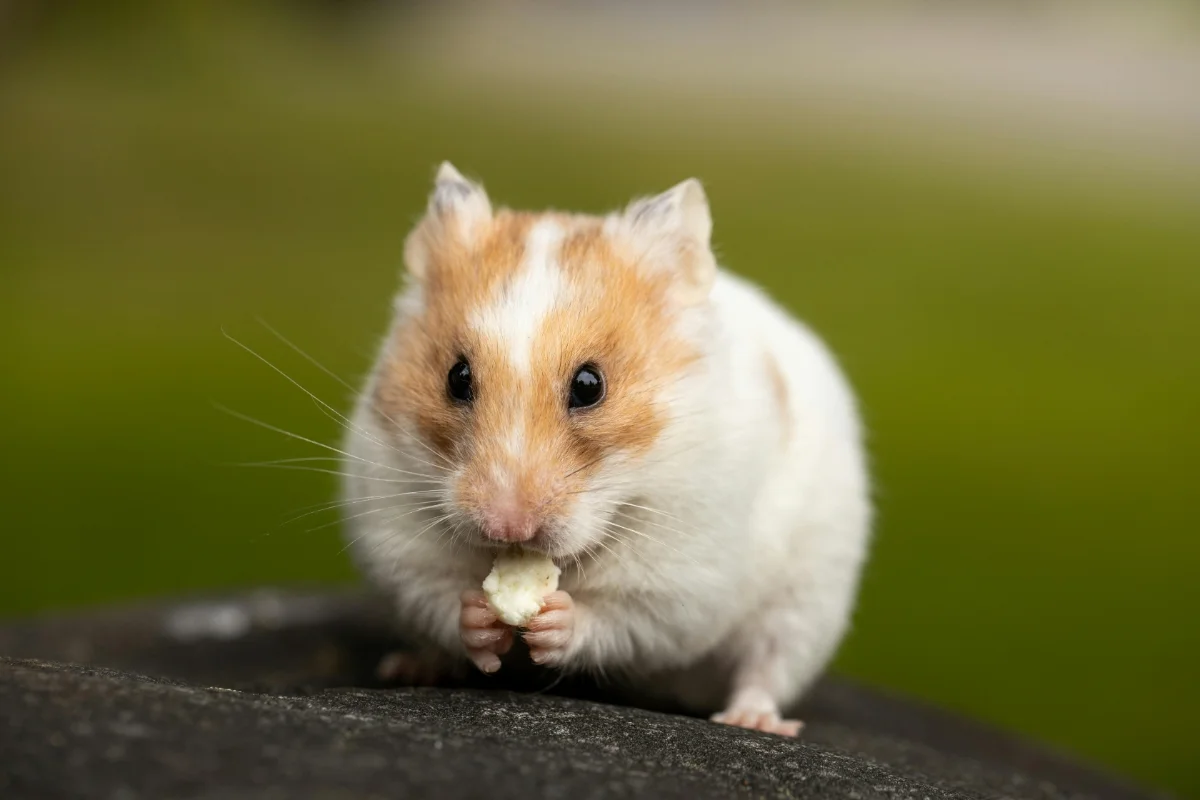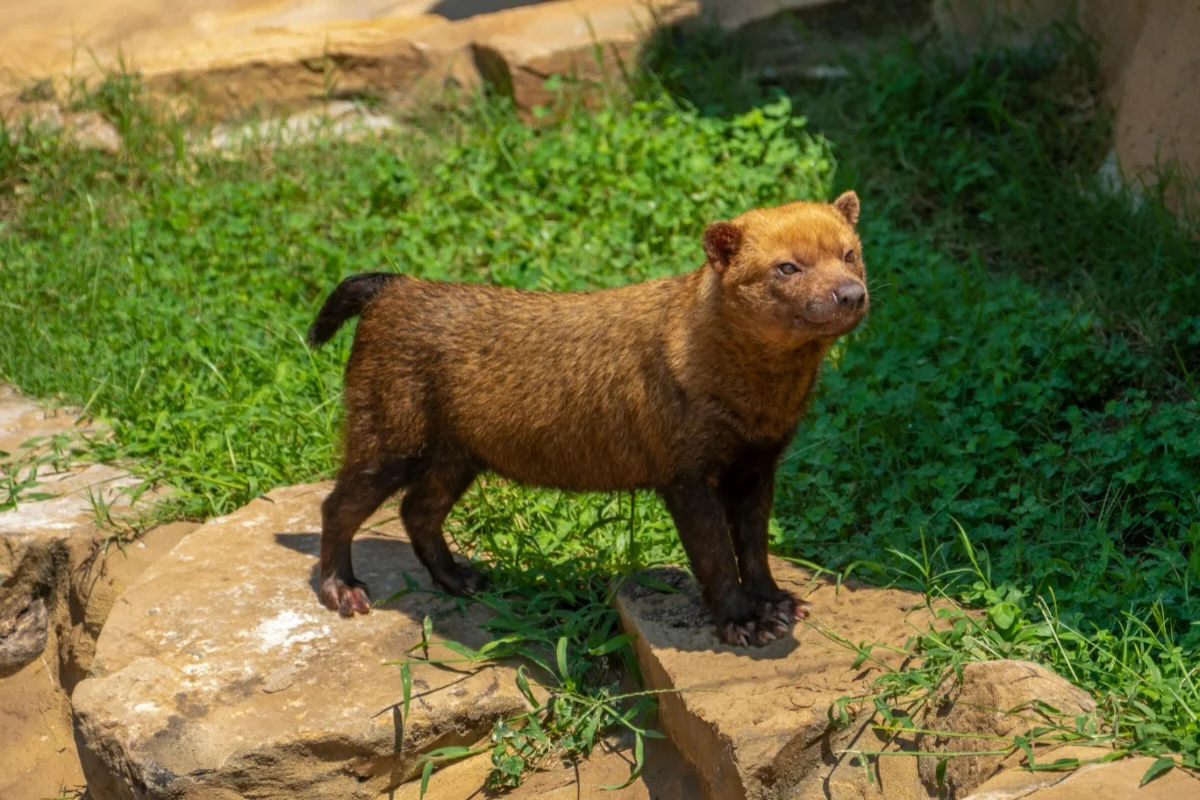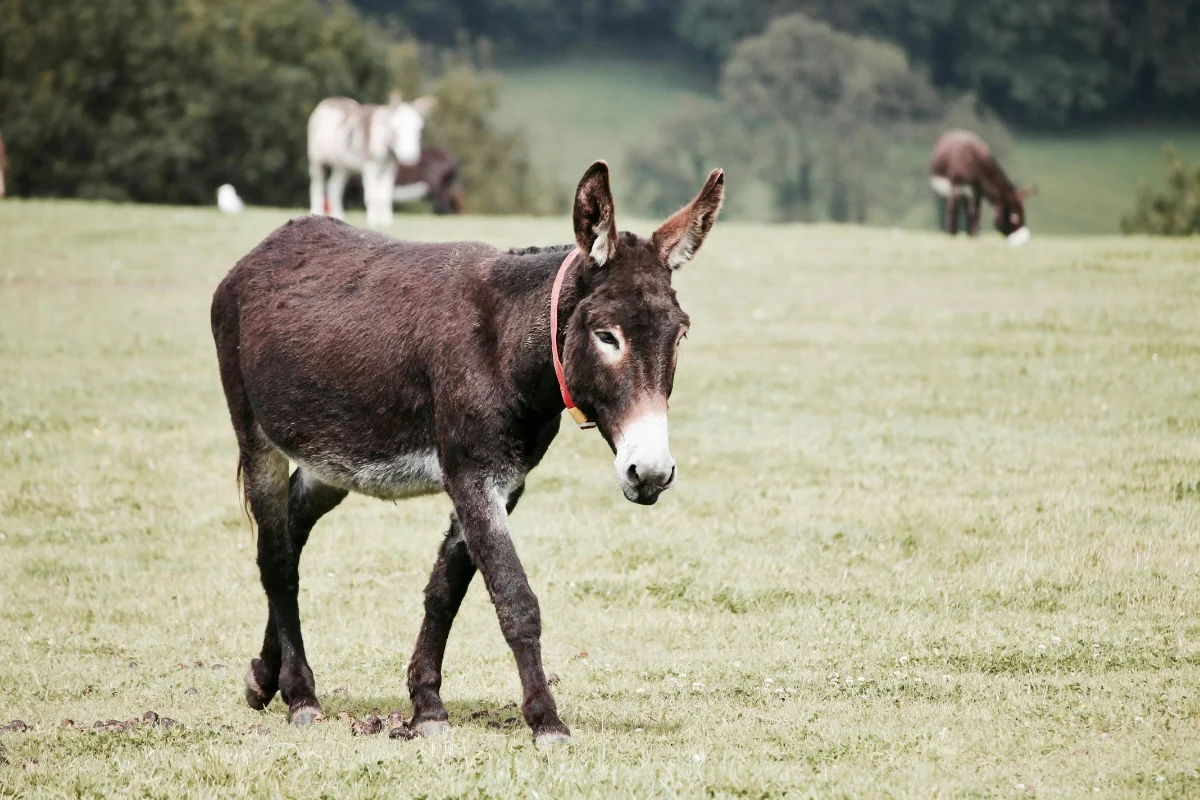Elephant
Life Span
60–70 years
Top speed
40 km/h
Size
2–4 m tall
Weight
2,000–6,800 kg
Elephants are the largest land animals on Earth. Known for their intelligence, strong social bonds, and long trunks, they play a key role in their ecosystems. There are three species: African bush, African forest, and Asian elephants, each with unique physical features and behaviors.
Elephant Facts Overview
| Size: | 2–4 m tall |
| Weight: | 2,000–6,800 kg |
| Top Speed: | 40 km/h |
| Food: | Grass, fruits, bark, leaves |
| Color: | Grey |
| Location: | Africa, Asia |
| Predators: | Lions, hyenas, crocodiles |
| Lifespan: | 60–70 years |
| Habitat: | Forests, grasslands, savannas |
| Gestation: | 22 months |
Elephant Interesting Facts
Elephants can recognize themselves in mirrors, showing self-awareness. Their trunks have over 40,000 muscles, making them extremely flexible. They can communicate through low-frequency sounds that travel miles. African elephants have larger ears shaped like Africa, while Asian elephants have smaller, rounded ears. They also grieve for their dead.
Elephant Description
Elephants have thick grey skin, large ears, and long tusks. Their trunks are versatile, used for drinking, smelling, and grabbing objects. African elephants are larger with curved backs, while Asian elephants are smaller with domed heads. Males are generally bigger than females and have more prominent tusks.
Elephant Characteristics
Elephants are highly social and intelligent. They live in herds led by a matriarch, the oldest female. They use their tusks to dig for water and strip bark. Their large ears help regulate body temperature. Elephants form close bonds and communicate through touch, sound, and seismic vibrations.
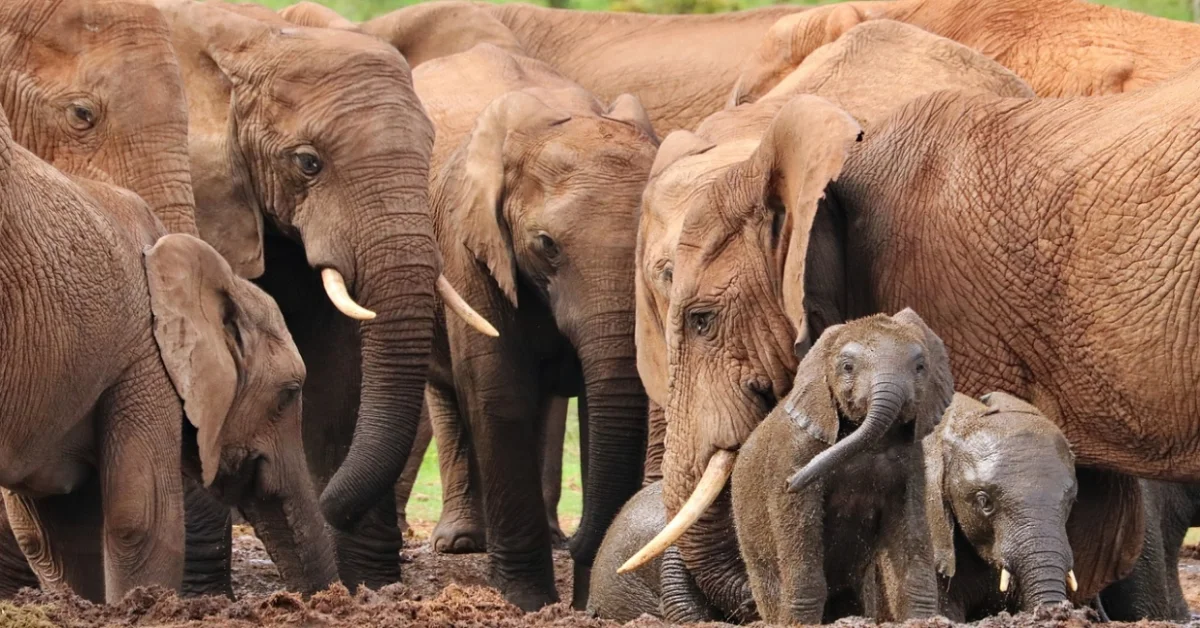
Elephant Care
In the wild, elephants rely on natural resources like water and vegetation. In captivity, they need large enclosures, ample food, and regular veterinary care. Social interaction and mental stimulation are crucial. Proper care ensures their physical and mental well-being, helping prevent stress and related health issues.
Elephant Lifespan
Elephants live up to 60–70 years in the wild, though captive elephants may have shorter lifespans without proper care. Longevity depends on access to food, water, and protection from threats. Calves are vulnerable during early years, but adults generally live long if free from poaching and disease.
Elephant Predators
Adult elephants have few natural predators due to their size, but calves are vulnerable to lions, hyenas, and crocodiles. Humans are the biggest threat, through poaching for ivory and habitat loss. Protective herds defend calves from attacks, forming circles around them when sensing danger.
Elephant Habitat
Elephants live in diverse habitats, including grasslands, forests, savannas, and deserts. African elephants prefer open spaces, while Asian elephants thrive in dense forests. Their habitats must provide ample water and vegetation. Habitat destruction due to human activities is a serious threat to their survival.
Elephant Distribution
African elephants are found across sub-Saharan Africa, especially in savannas and forests. Asian elephants inhabit India, Sri Lanka, and Southeast Asia. Their populations are fragmented due to shrinking habitats. Conservation efforts focus on protecting key regions to ensure sustainable populations.
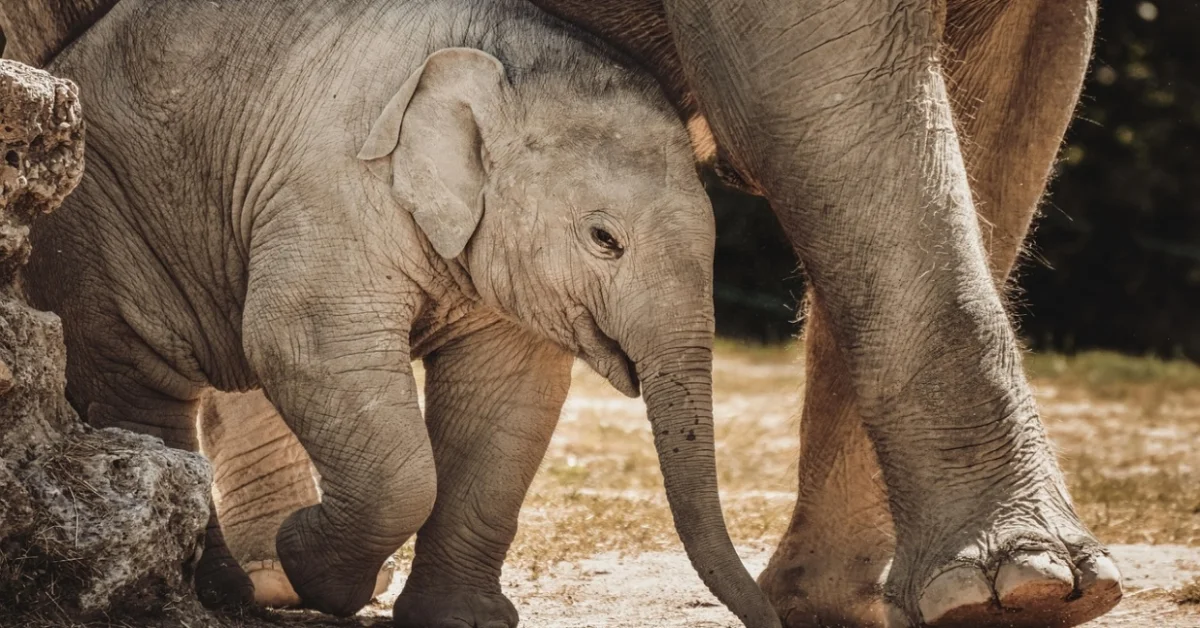
Elephant Diet
Elephants are herbivores, consuming grasses, fruits, leaves, bark, and roots. They eat 150–300 kg of food daily and drink up to 200 liters of water. Their diet helps shape ecosystems by spreading seeds and creating clearings, which benefit other species. They feed mostly in early mornings and evenings.
Elephant Behavior
Elephants are social animals with complex behaviors. They live in family groups that are headed by a female. Communication includes trumpeting, rumbling, and low-frequency sounds. They show empathy, cooperation, and mourning behaviors. Playful and curious, young elephants learn by imitating adults. Males often live alone after adolescence.
Elephant Reproduction
Elephants have the longest gestation of any land animal—22 months. Females give birth to one calf, weighing around 100 kg. Calves nurse for two years but stay close to their mothers for several more. Breeding intervals are typically four to five years. Males compete for mates during mating seasons.
Elephant Scientific Classification
| Kingdom: | Animalia |
| Phylum: | Chordata |
| Class: | Mammalia |
| Order: | Proboscidea |
| Family: | Elephantidae |
| Genus: | Elephas / Loxodonta |
Animals for You
References
1. Elephant Wikipedia Article – https://en.wikipedia.org/wiki/Elephant


